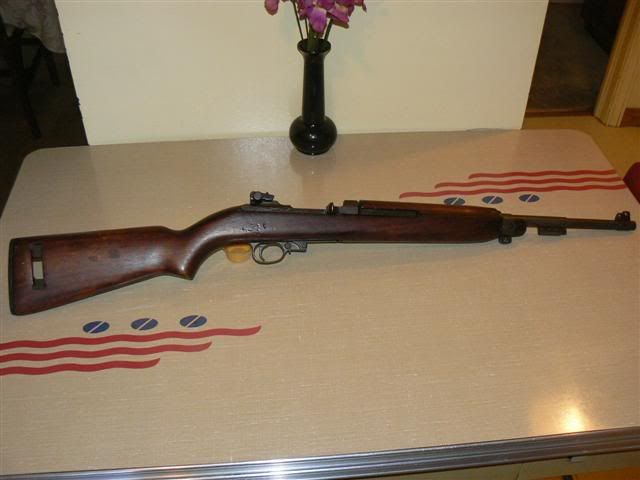I've mentioned several times here that the M1 carbine is my 1st choice for all-time prettiest carbine. As a kid, I was "infatuated" with them. But when I shot them, there were feeding problems. I never owned any because I felt that they were less than reliable.
Here's my questions.....
1. Why are the post WW2 models so unreliable? Why can't these replicas of the WW2 models function better?
2. Has any one ever considered chambering a M1 for another caliber other than the .30? I'm not a gunsmith, but for any of you who are, could one be built to chamber a .223? Or even a .44mag? Ruger's .44 was a fine weapon but it had a very low magazine capacity. With the M1 design, a box magazine offers a better option IF it functioned more reliably.
I realize that some may be lucky enough to have a M1 that does function flawlessly. If you own one, can you elaborate on what you have and if you've done anything to enhance it's reliability?
Thanks!
Here's my questions.....
1. Why are the post WW2 models so unreliable? Why can't these replicas of the WW2 models function better?
2. Has any one ever considered chambering a M1 for another caliber other than the .30? I'm not a gunsmith, but for any of you who are, could one be built to chamber a .223? Or even a .44mag? Ruger's .44 was a fine weapon but it had a very low magazine capacity. With the M1 design, a box magazine offers a better option IF it functioned more reliably.
I realize that some may be lucky enough to have a M1 that does function flawlessly. If you own one, can you elaborate on what you have and if you've done anything to enhance it's reliability?
Thanks!



